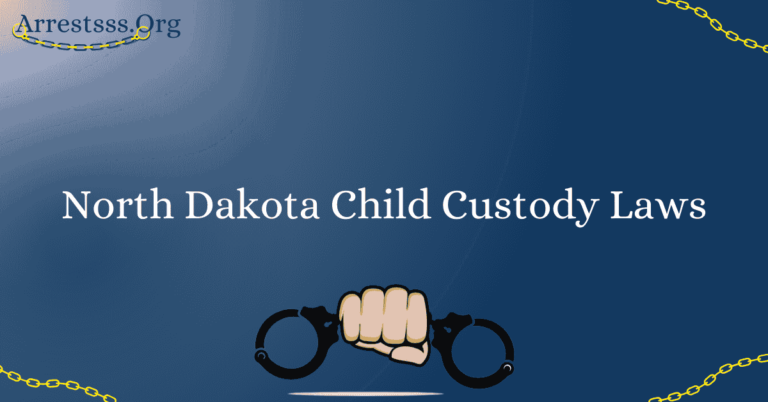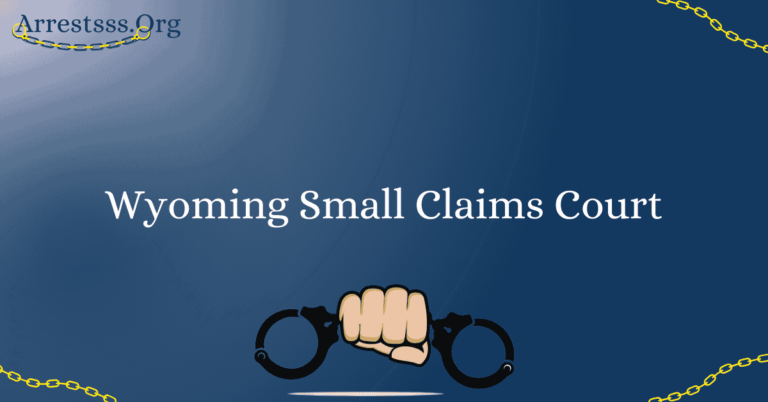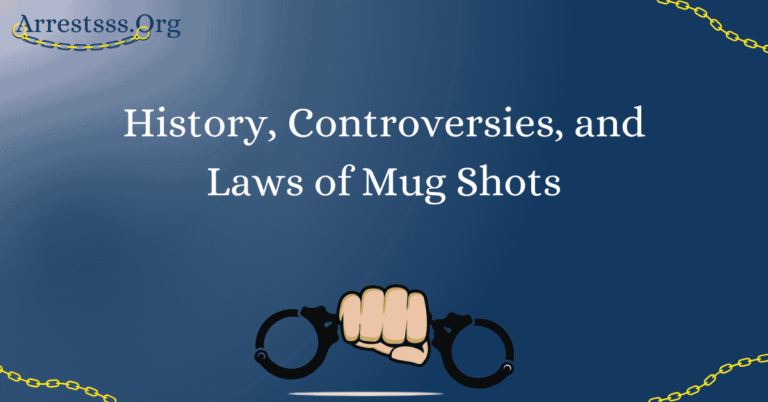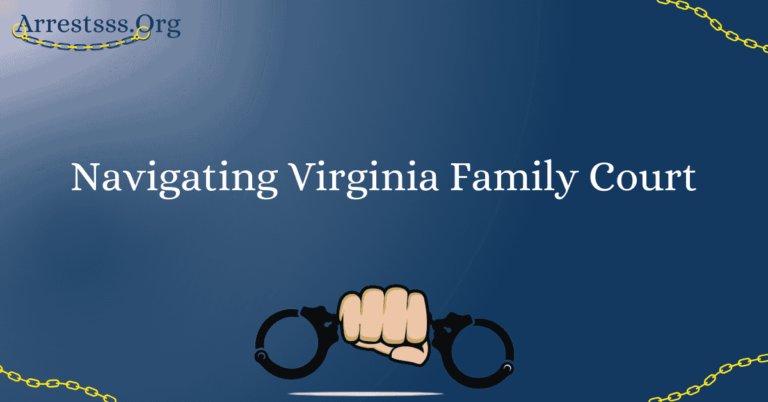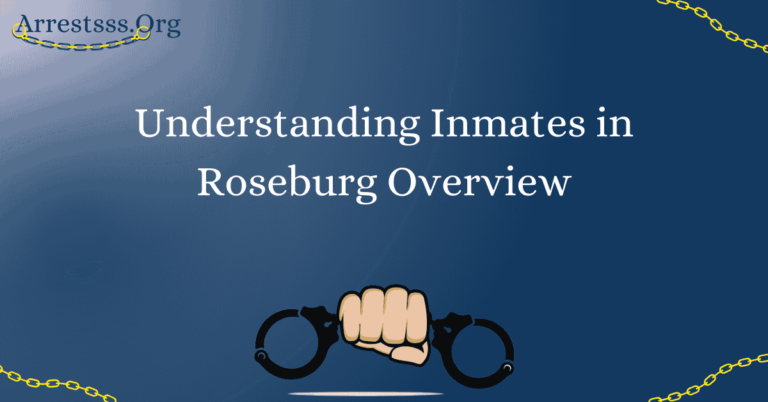NY Child Custody Laws
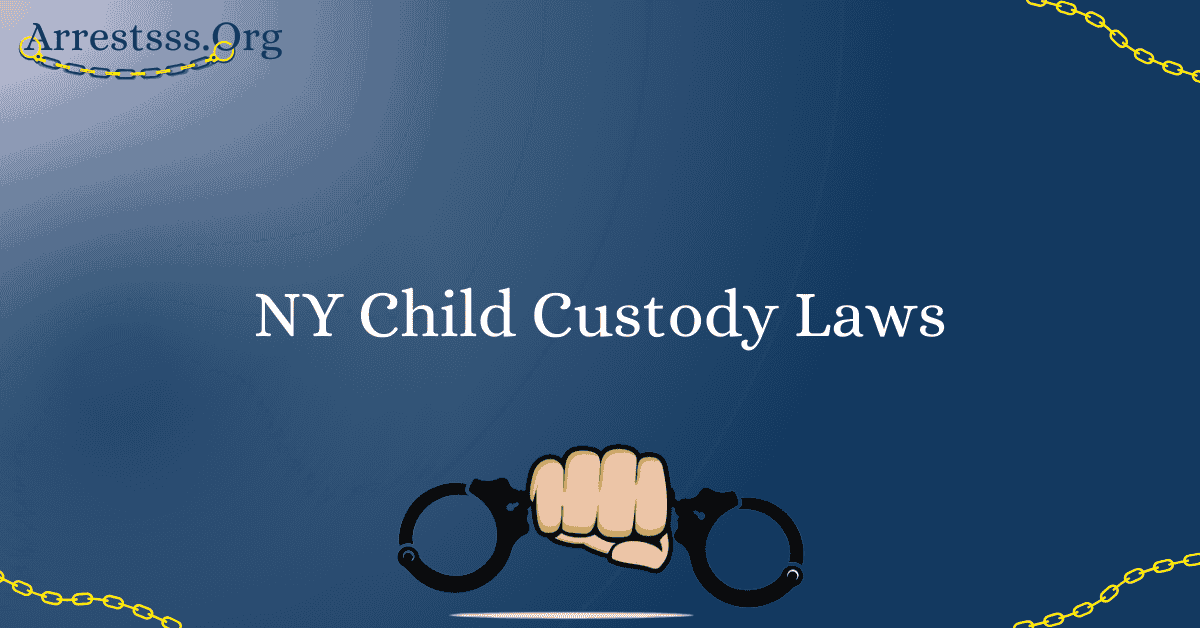
Child custody laws in New York State are a critical aspect of family legal matters, necessitating a deep understanding of the intricacies involved. Whether you are facing a divorce or separation, or simply wish to comprehend the legal landscape governing child custody, this comprehensive guide will provide you with an in-depth overview of the subject matter.
Child custody arrangements are pivotal in ensuring the well-being and future of children during family transitions. This guide will help you navigate the nuances of child custody in New York, including the various custody types, legal standards, and factors influencing custody decisions.
Types of Child Custody in New York
Child custody in New York is classified into three main types:
- Legal Custody: This pertains to the authority to make important decisions about a child’s upbringing, such as education, healthcare, and religion.
- Physical Custody: Physical custody determines where the child will live and who will be responsible for their day-to-day care.
- Sole Custody vs. Joint Custody: Sole custody grants one parent exclusive rights, while joint custody allows both parents to share responsibilities in various capacities.
Legal Standards for Child Custody
Child custody decisions in New York are rooted in the “best interests of the child” standard. Factors considered include:
- Child’s Preferences: The child’s wishes, depending on their age and maturity, are taken into account.
- Parental Fitness: The court assesses each parent’s ability to provide a stable, nurturing environment.
- Domestic Violence Considerations: Any history of domestic violence can impact custody decisions.
Custody Arrangements and Visitation Rights
Once custody is determined, specific arrangements are made:
- Sole Custody: One parent has primary physical and legal custody, and the other may have visitation rights.
- Joint Custody: Both parents share physical and legal custody, fostering a cooperative co-parenting environment.
- Visitation Schedules: The court establishes visitation schedules to ensure the child’s well-being and the non-custodial parent’s rights.
The Decision-Making Process
Child custody decisions in New York revolve around the best interests of the child. Courts weigh numerous factors to arrive at a decision that will foster the child’s welfare. It’s essential to understand how these factors influence custody outcomes and the legal process involved.
Types of Custody Arrangements
Custody in New York comes in various forms, each with distinct implications:
- Legal Custody: Determines decision-making authority over the child’s upbringing.
- Physical Custody: Dictates where the child resides and who provides daily care.
- Sole Custody: One parent has primary custody, while the other typically has visitation rights.
- Joint Custody: Both parents share custody responsibilities, fostering cooperation.
Legal Standards and Considerations
To ensure that custody decisions prioritize the child’s welfare, New York has established legal standards and considerations:
- Best Interests of the Child: The paramount consideration in all custody decisions.
- Parental Fitness: Courts assess each parent’s ability to provide a stable and loving environment.
- Domestic Violence Considerations: Any history of domestic violence can significantly impact custody outcomes.
Navigating Custody Arrangements
Understanding your rights and responsibilities under your custody arrangement is crucial:
- Sole Custody: One parent has primary physical and legal custody, and the other typically has visitation rights.
- Joint Custody: Both parents share physical and legal custody, necessitating cooperation in parenting.
- Visitation Schedules: The court establishes visitation schedules to ensure the child’s well-being and the non-custodial parent’s rights.
FAQ’s
How does New York determine the best interests of the child in custody cases?
The court considers factors like the child’s preferences, parental fitness, and the ability to provide a stable environment when determining the child’s best interests.
What is the difference between legal and physical custody in New York?
Legal custody pertains to decision-making authority, while physical custody determines where the child resides. Parents can have joint or sole legal and physical custody.
How can I modify a custody arrangement in New York?
Custody modifications can be made if there has been a significant change in circumstances affecting the child’s well-being. You’ll need to petition the court for a modification.
Are there alternatives to going to court for child custody in New York?
Yes, mediation and negotiation can be effective ways to reach a custody agreement without going to court, provided both parents are willing to cooperate.

